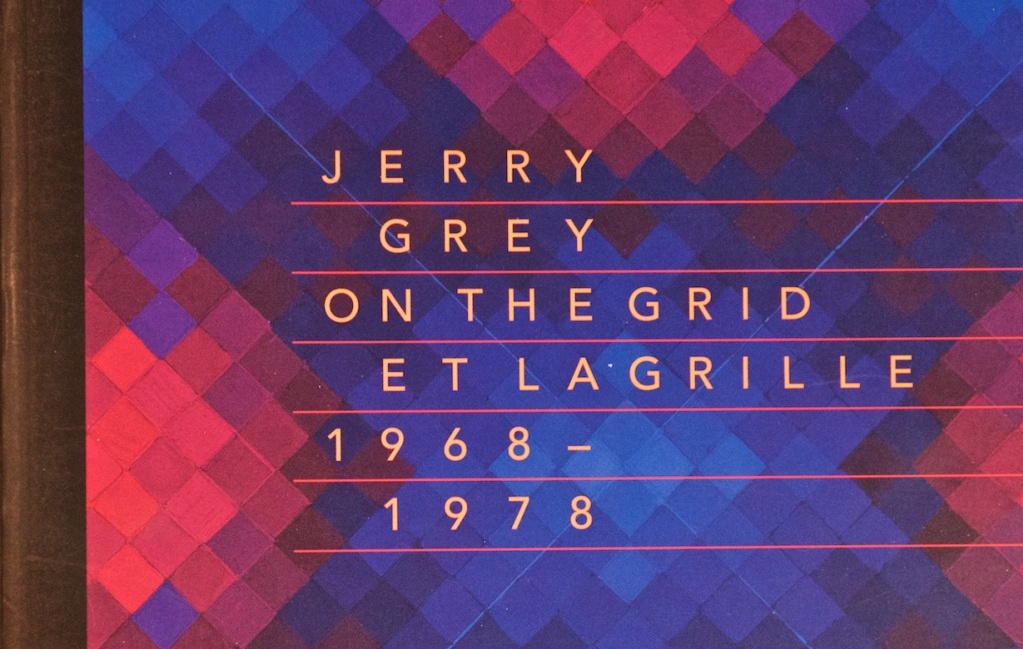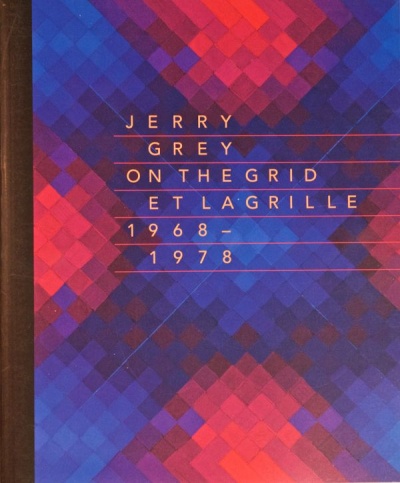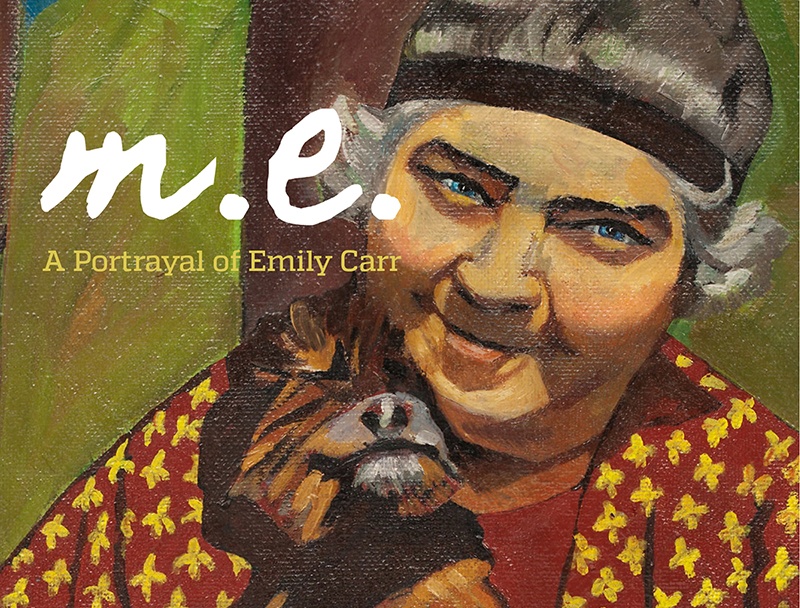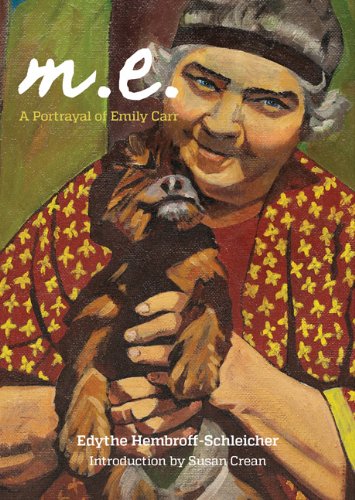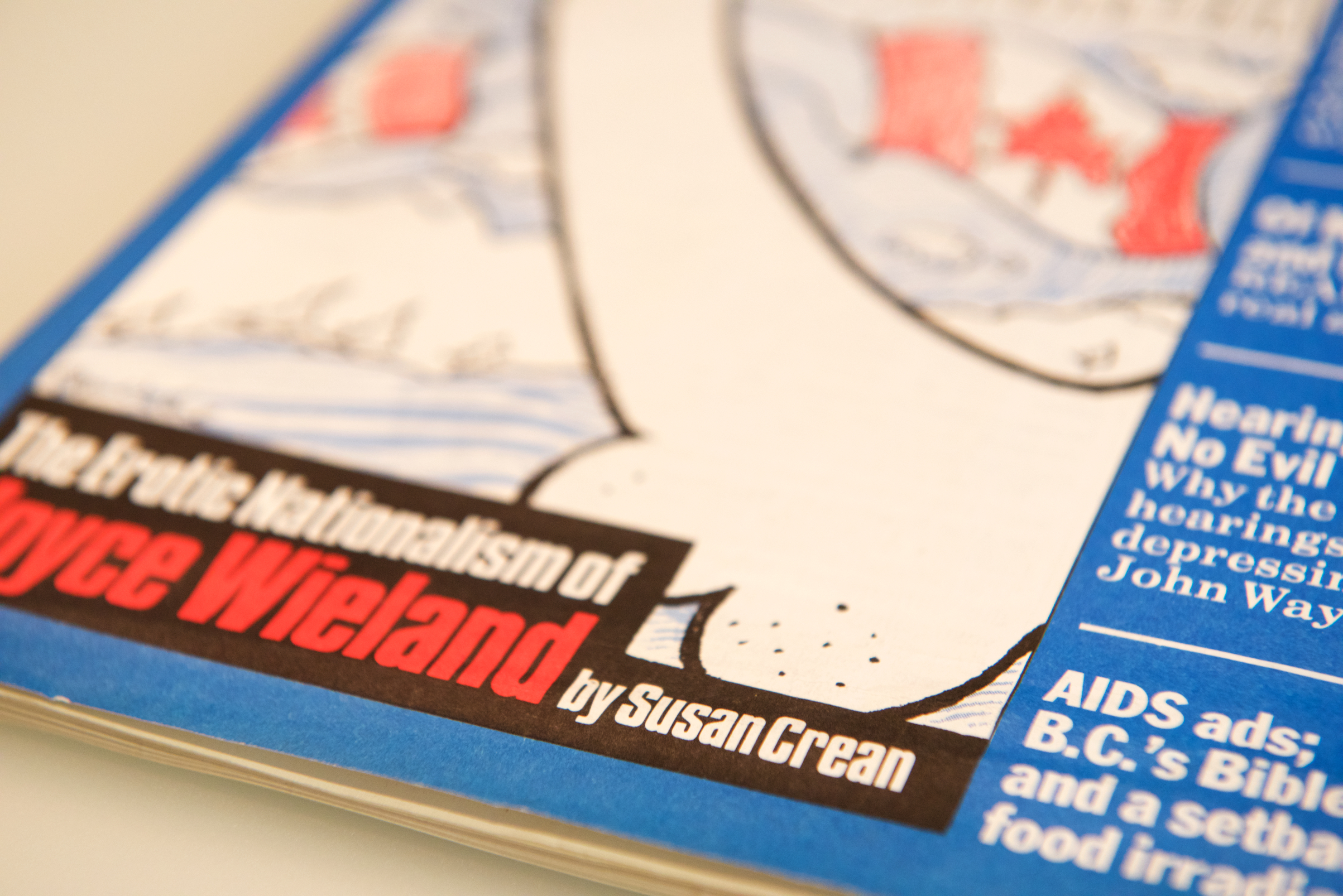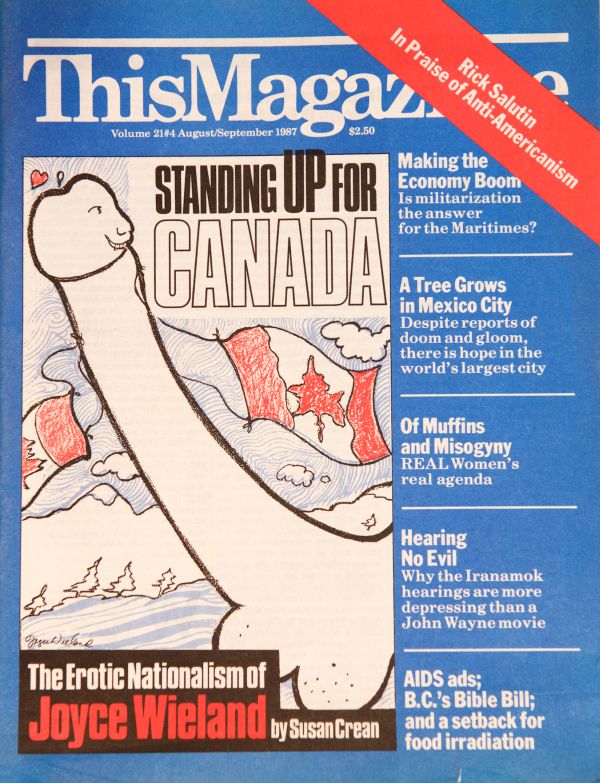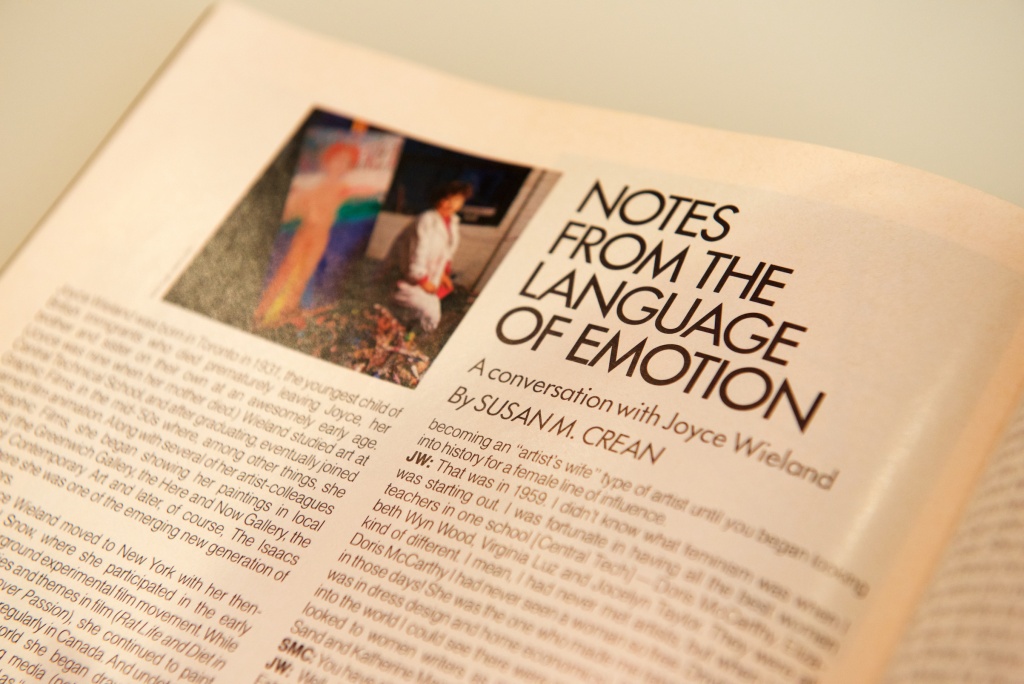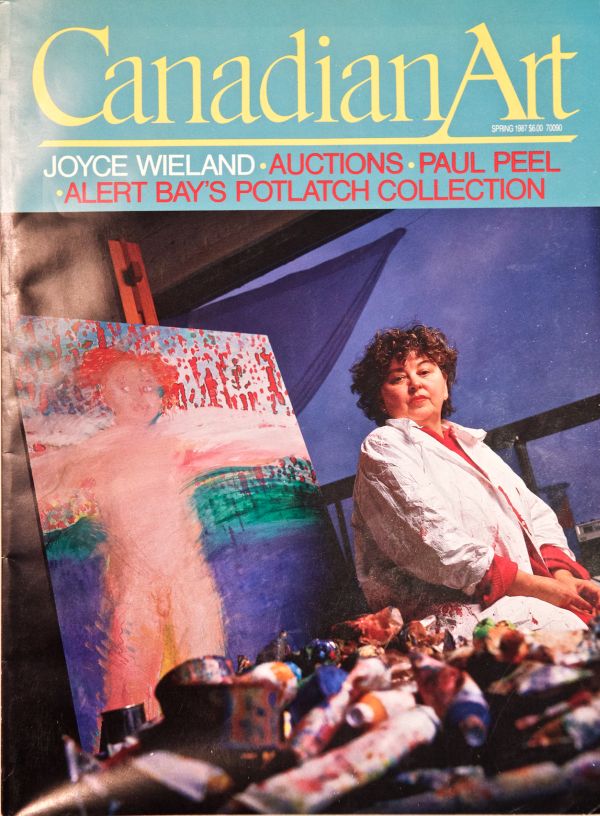Monograph published by The Ottawa Art Gallery; 1st edition (October 12, 2016). Authors: Susan Crean and Michelle Gewurtz.
Working in oils, watercolour, pastels and glass media, Jerry Grey explores themes of nature, politics and history. Her work from the 1970s links directly to her time participating in the highly influential Emma Lake Artists’ Workshops in Saskatchewan. Modern painting in North America was evolving toward ever more austere, reduced realms of colour and form and Grey participated in the 1964 and 1965 Emma Lake Artists’ Workshops, which were jointly led by painter Jules Olitsky & composer Stefan Wolpe (’64) and artist Lawrence Alloway and John Cage (’65). The works she produced between 1968-1978 stand as meditative monuments to the grid as a visual structure that continues to offer up transformative possibilities.
Buy the book Jerry Grey on the Grid 1968-1978 here.
